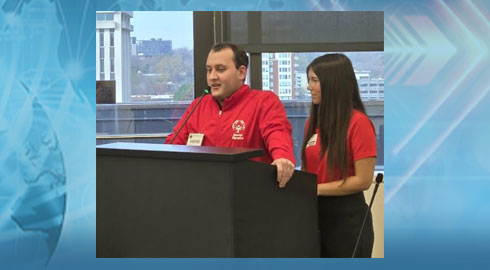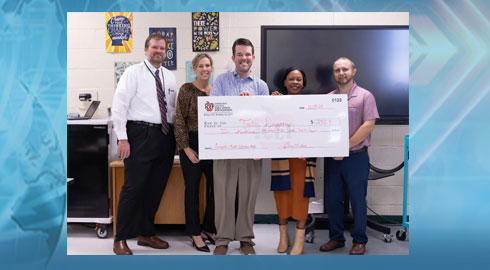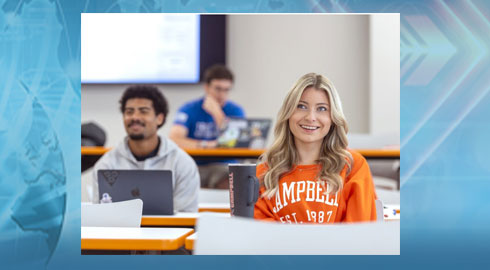GOP Leaders, Parents Call For Cooper To Reopen Public Schools
By Lindsay Marchello
Carolina Journal News Service
RALEIGH — For Tara Deane’s two youngest children, virtual learning has been a nightmare.
Deane’s four children attend school in Wake County. Her two youngest are adopted from China and have severe disabilities. They struggle with basics like learning, speaking, and socializing. The teletherapy services provided by the school district aren’t working, Deane said. Her children are regressing.
“Remote learning was never and will never be an option for them,” Deane said. “Virtual learning cannot be accomplished when your child can’t verbalize and won’t look at the screen.”
Deane and other parents joined Republican leaders Wednesday, Sept. 16, at a news conference pushing Gov. Roy Cooper to reopen North Carolina’s public schools. The politicians and parents said state-mandated virtual learning has been a train wreck for students, parents, and teachers. Local school districts should have more flexibility to decide the best instruction plans for the families they serve.
The new conference was led by Senate leader Phil Berger, R-Rockingham. Lt. Gov. Dan Forest, who’s running against Cooper, and Catherine Truitt, the Republican candidate for state superintendent, joined Berger and the parents at the legislative complex in Raleigh.
About half of North Carolina’s school districts are closed for in-person instruction, while the other half have students alternating between learning in the classroom and attending school online throughout the week.
Virtual learning isn’t working, Berger said, especially for children with disabilities and those living in poverty.
No reasonable person would say the state is providing these children with a sound, basic education.
“Cooper created this problem and he needs to fix it,” Berger said.
The Cooper administration is ignoring a different health crisis happening in the state, Forest said. Anxiety and depression rates among children are skyrocketing, the lieutenant governor said.
“We must reopen schools to give parents the option of sending their children to the classroom full-time,” Forest said.
Don’t politicize the issue, warned Senate Minority Leader Dan Blue, D-Wake.
“Everyone wants to reopen our schools and economy,” Blue said in a news release. “But we need strong leaders who will consider a careful approach to reopening that protects our community.”
Over the summer, the state directed school districts to create three reopening plans, from most to least restrictive. Plan A had the fewest restrictions, allowing in-person instruction with minimal social distancing of students and staff. Plan B required more stringent social distancing and fewer people in the school building. Under Plan C, schools could use only remote learning.
On July 14, Cooper picked Plan B, but said school districts could choose Plan C if they wanted. School districts couldn’t offer full-time in-person learning, even if their region had minimal COVID-19 cases.
“COVID-19 isn’t killing my children right now, but they are dying inside from a lack of schedule, socialization, education, and due to total isolation,” Deane said. “I’m begging you to put these vulnerable children and others at the forefront of the discussions and decision making, and allow schools to reopen today before any further damage is done.”
The solution? Give parents the option to send their children to school for full-time in-person instruction.
Students learn best when they’re in the classroom, Truitt said. Local school districts should be given the option to allow full-time in-person learning if they deem it’s safe, she said.
During the question period, Forest verbally sparred with reporters who asked if students and teachers should wear masks to prevent the spread of COVID-19. Forest reiterated his skepticism that mask-wearing makes a difference.
Berger later said decisions about the use of masks should, like other reopening measures, be handled by local officials guided by parents and health experts.
Discover more from JoCo Report
Subscribe to get the latest posts sent to your email.














